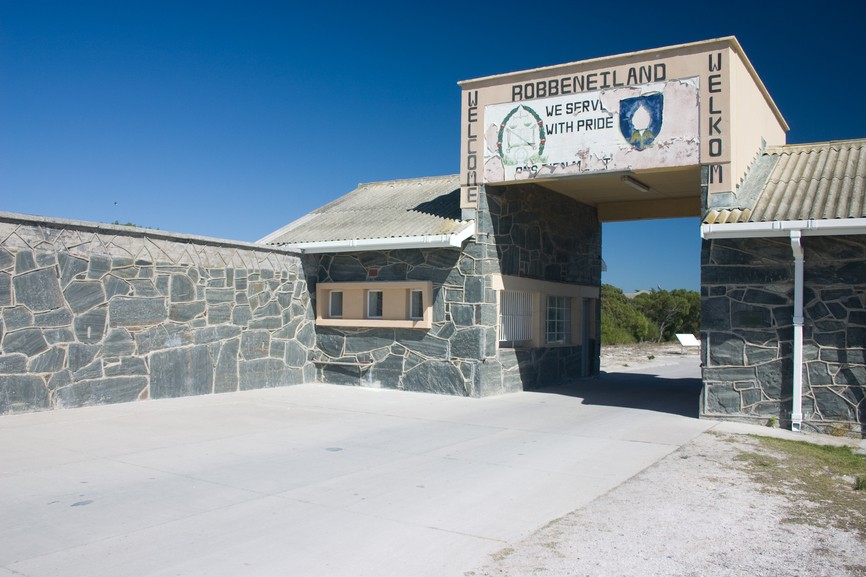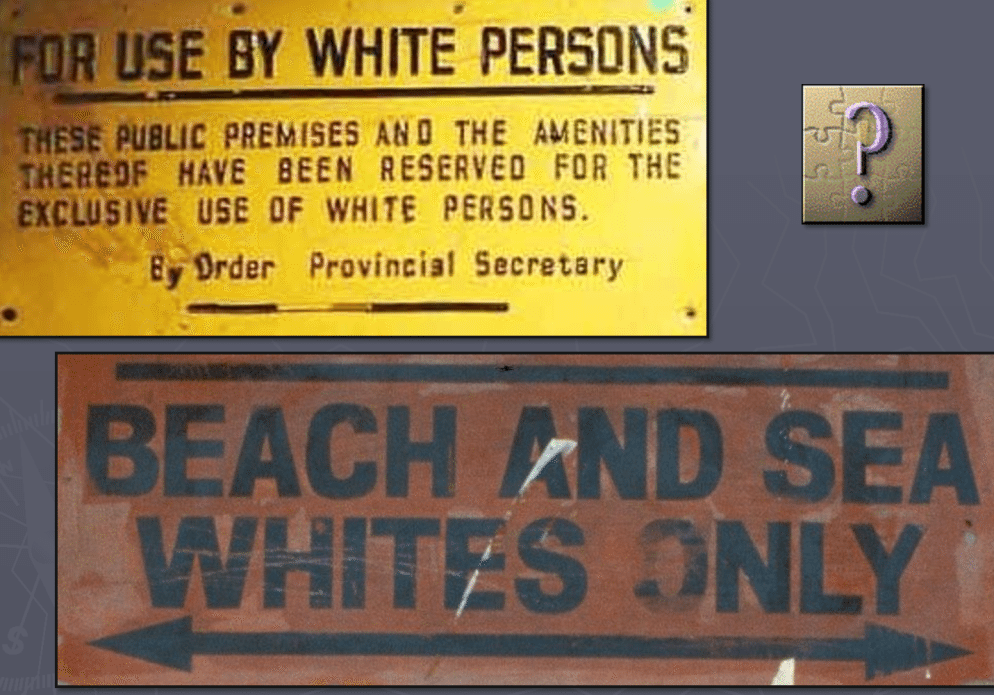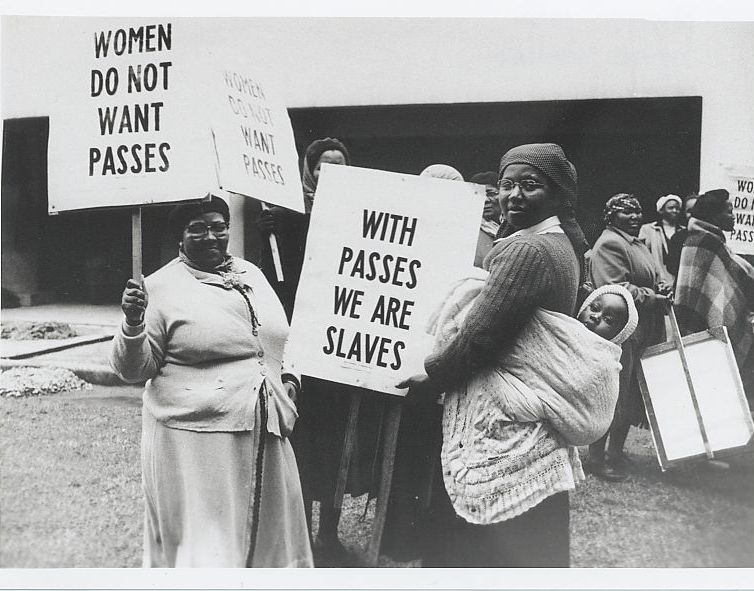Apartheid, an Afrikaans word meaning “the state of being apart”, was a system of racial segregation in South Africa enforced through legislation by the National Party (NP) governments, the ruling party from 1948 to 1994. Most human beings who are more than two decades old must have heard of the term and the experiences of Apartheid or South African Apartheid as it is popularly called. The term was coined from a system of racial segregation and colour coding which was initiated and practised by the South African government or South African apartheid regime as it’s popularly called in the last half 20th century.
The Dutch government through legislation came up with laws that prohibited the mixing of whites and non-white South Africans. The Apartheid laws became effective from 1948 and for the next 50 years, were practised and adhered to. Resistance to apartheid within South Africa took many forms over the years, from non-violent demonstrations, protests, and strikes to political action and eventually to armed resistance before it was eventually abolished.
South African Apartheid – What You Need To Know
The purpose of these South African Apartheid laws was to force the black community not to mingle with the ‘superior’ whites. This ensured that they had to live in separate neighbourhoods from the whites, use separate public facilities in that they had to use separate public transport, medical care, and public beaches. There were jobs socially labelled as ‘whites-only’ and social practices like inter-marriage between the two groups were strictly prohibited. The Dutch settlers who practiced farming mainly, saw their land as God-given and never saw the need not to rule themselves and depended on blacks as their source of labour. This facilitated the view that they were socially not equal. An Asian minority (mostly Indians) and people of mixed races called ‘Coloureds’ were also caught in this conflict of South African apartheid.
How Black People Were Treated with Inequality:
At the time that South African Apartheid started, the parliament of the country consisted of Whites. It can be said that it was an all-white’ government, though in early 1970 a motion was passed in parliament that prohibited the representation of non-white persons in the government. This made the white parliament have superiority politically. The blacks were deprived of equality and most services were inferior to those of whites including education and basic social amenities like shelter.
The Emergence of Anti-Government Uprising and Protests
From the enactment of the South African apartheid law there were many uprisings in the country, though they started small they eventually turned to fully fledged protests which spread across the whole country. The government tried to shut them down by tough action. The military was used to quell these protests, the political opposition was banned and state-owned organizations stamped people with repression and violence. Police used brutal force and would let their dogs on protestors which would bite them mercilessly while the police descended on them with crude weapons. Many anti-government leaders were imprisoned because all were anti-apartheid. Blacks were denied citizenship and were resettled to designations pointed out by the government. One such place is Soweto where blacks were clustered together in poor living conditions.
How Black Women Were Treated
Black South African women suffered more because they endured both racial and gender discrimination. They were not allowed the right to education, was banned from owning property. This in effect could not get them good decent jobs. Jobs available for them were mainly as housemaids to the rich whites who paid them meagre wages or sometimes as slaves (no payment was forthcoming) or agricultural assistants and this made them less equal or have the lowest place in the social status. This discrimination and oppression against black South African women were very different and more brutal than that showed the black African man.
The Aftermath of Apartheid
The era of apartheid and racial abuse with its explicitness of inequality, saw anti-apartheid uprising become popular. Youths who were the majority of the working population started having boycotts, great lawlessness characterized by civil disobedience and strikes which would in effect spill over to become confrontations with the government. Mobilizations were made through ‘Umkhonto we Sizwe’, translated as Spear of the Nation. This was a military wing of the black political party ANC (African National Congress) which was banned in 1960. For three decades later, it operated underground up to 1990 and most of its operations were coordinated from outside South Africa. Many of its leaders were arrested and tried. In the 1970s, the protests grew that included secondary school students who were dealt with the same force as protesters. Loss of life and outcry prompted the western community and some white South Africans to consider apartheid a bad practice. Sanctions were issued to South Africa forcing the government to give in and end this.
In 1994, after a peaceful general election, the ANC won and Nelson Mandela was sworn in as the President. Ending a 50 year-long era of South African apartheid and citizens were once more allowed to have equality within them.



